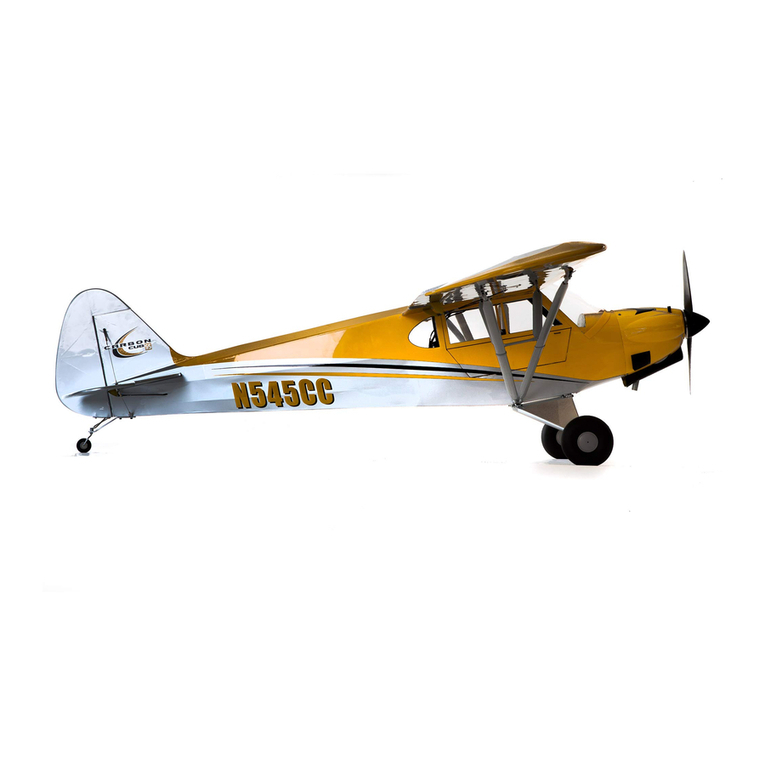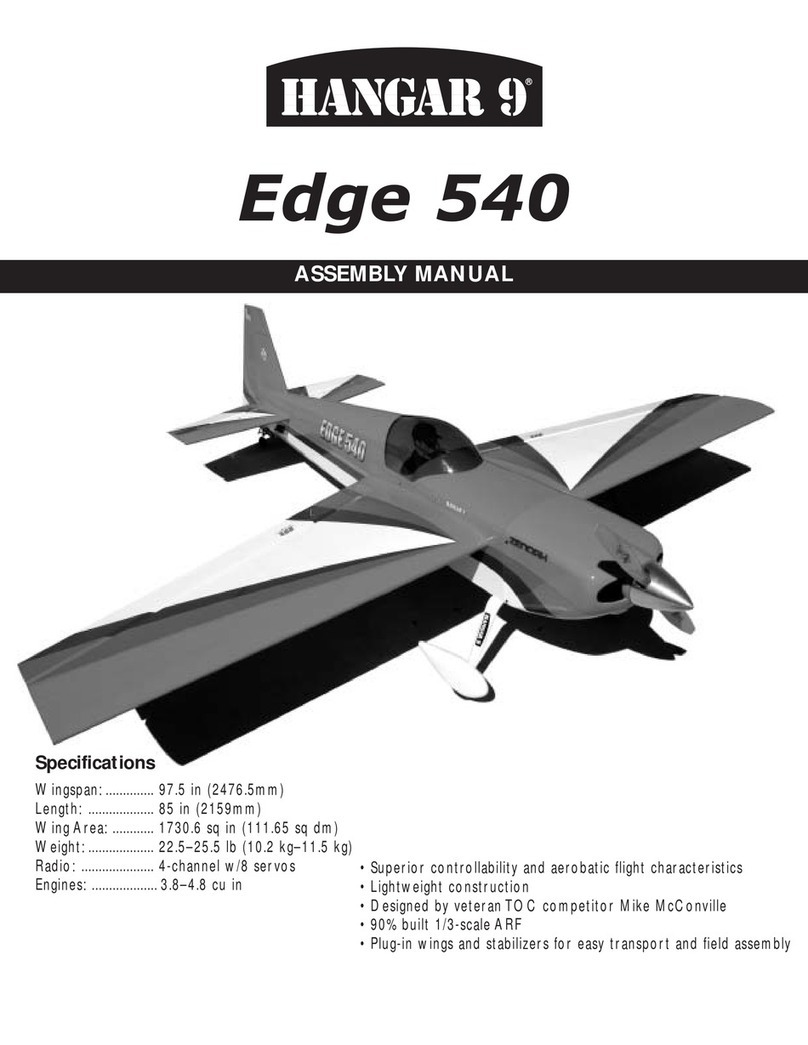Hangar 9 Alpha 69 User manual
Other Hangar 9 Toy manuals

Hangar 9
Hangar 9 Sundowner 36 ARF User manual

Hangar 9
Hangar 9 Twin Otter ARF User manual
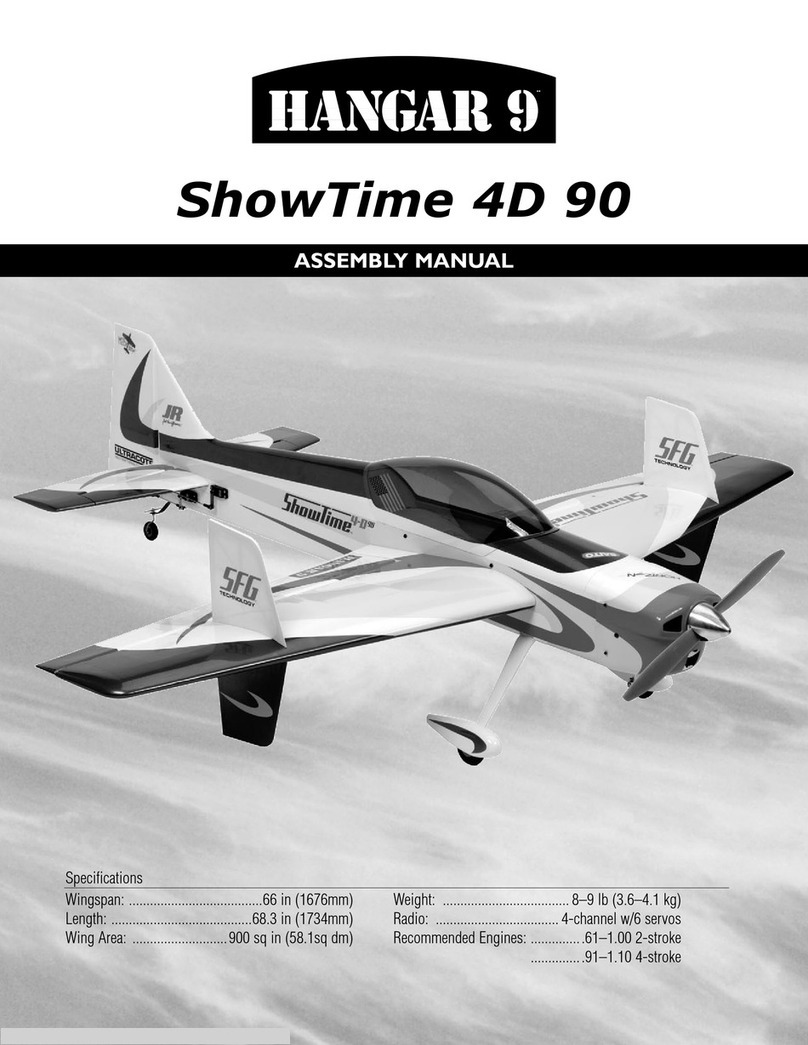
Hangar 9
Hangar 9 showtime 4d 90 User manual

Hangar 9
Hangar 9 Extra 330S User manual

Hangar 9
Hangar 9 Alpha 40 User manual
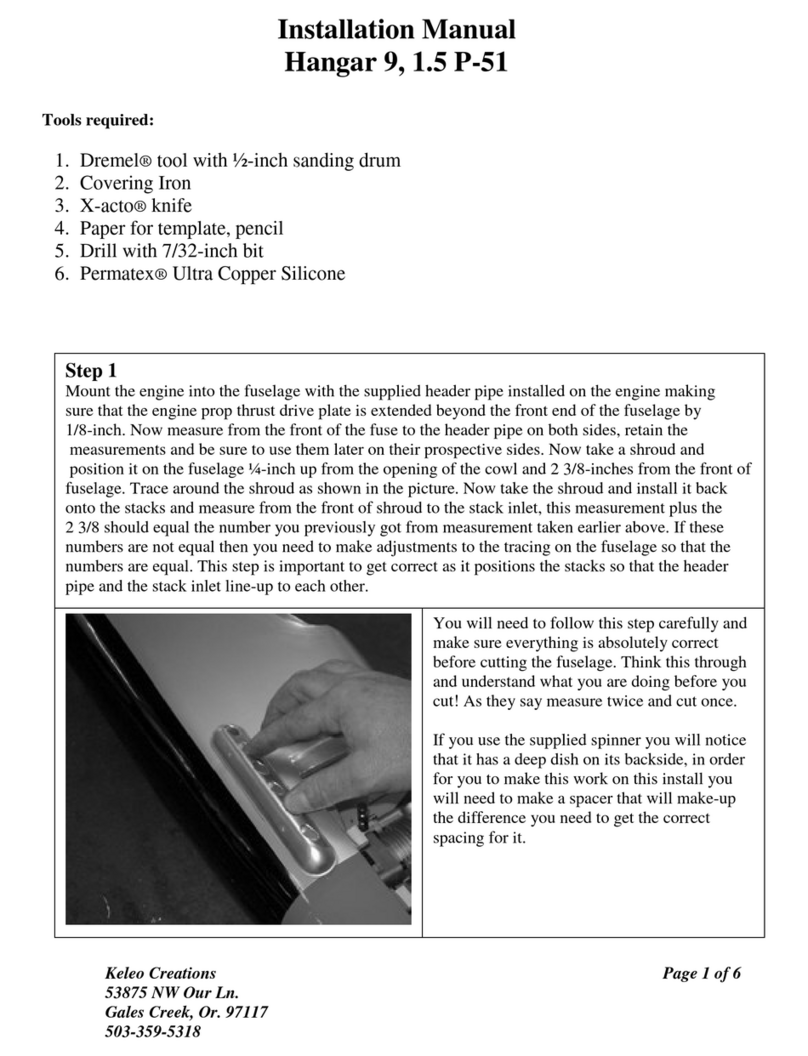
Hangar 9
Hangar 9 Hangar 9 P-51 Mustang ARF User manual

Hangar 9
Hangar 9 DHC-2 Beaver 30cc User manual
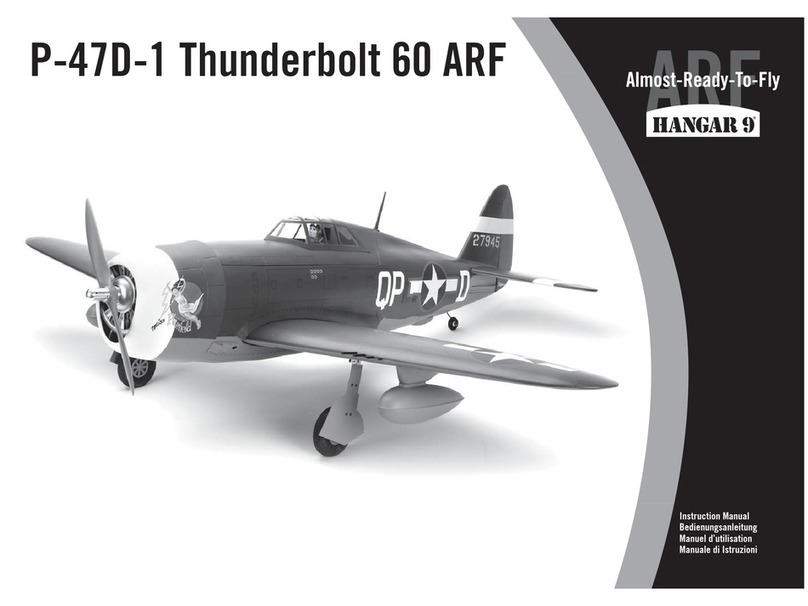
Hangar 9
Hangar 9 P-47D-1 Thunderbolt 60 User manual
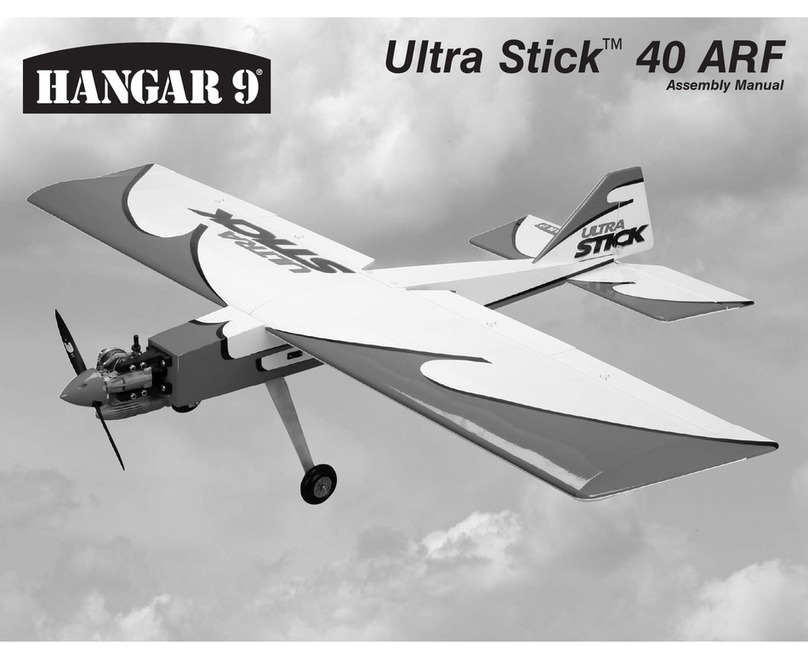
Hangar 9
Hangar 9 Ultra Stick 40 ARF User manual
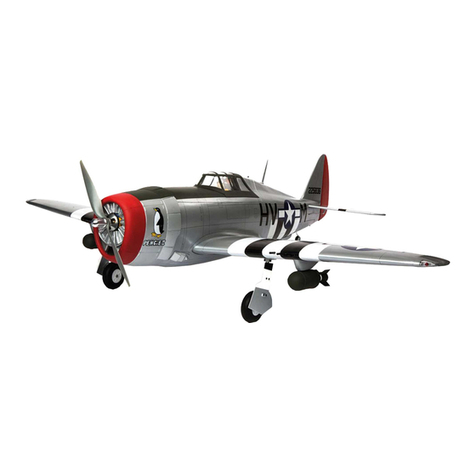
Hangar 9
Hangar 9 P-47D Thunderbolt 20cc User manual
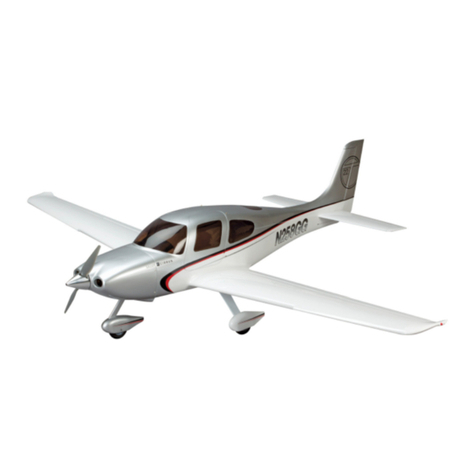
Hangar 9
Hangar 9 Cirrus SR22T 30cc User manual

Hangar 9
Hangar 9 Inverza 62 User manual
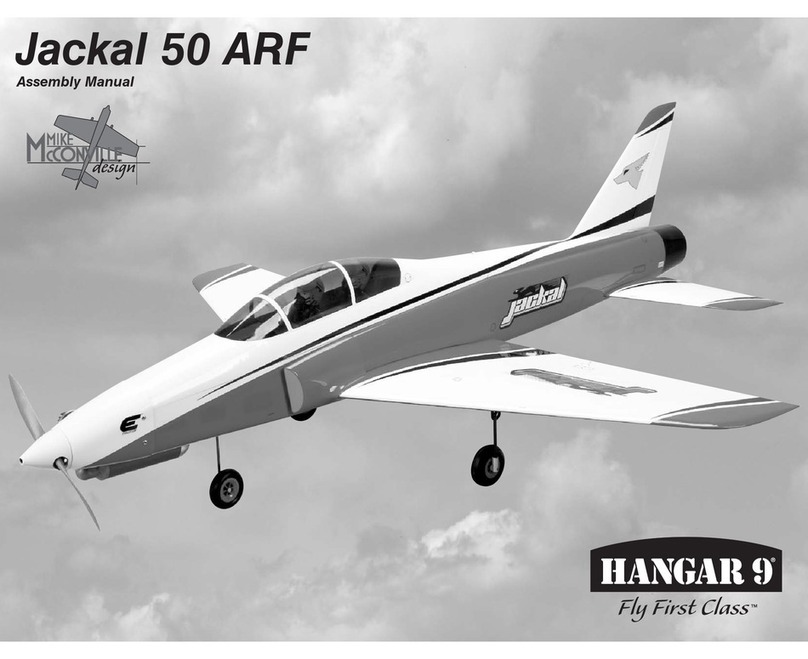
Hangar 9
Hangar 9 Jackal 50 ARF User manual
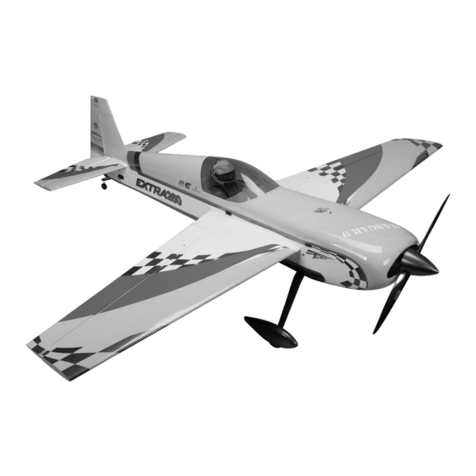
Hangar 9
Hangar 9 Extra 260 User manual
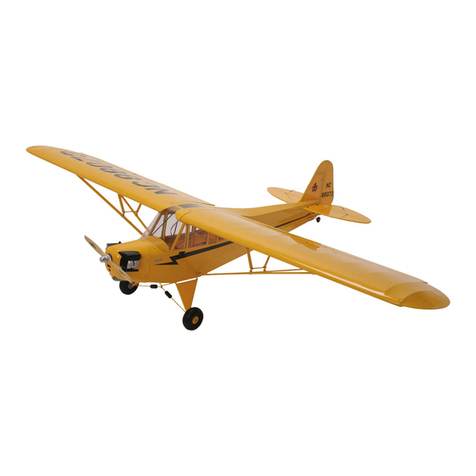
Hangar 9
Hangar 9 J-3 Piper Cub User manual
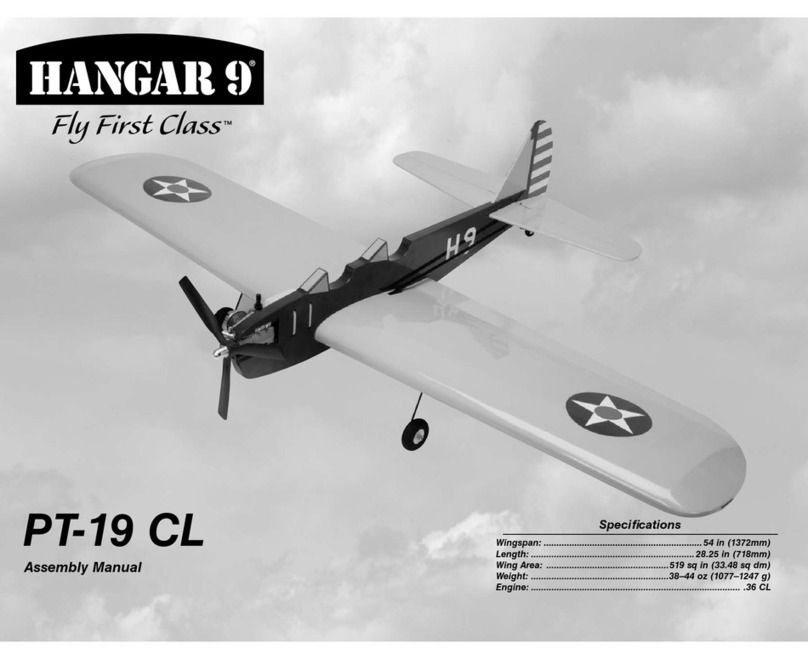
Hangar 9
Hangar 9 PT-19 CL User manual

Hangar 9
Hangar 9 F4U-1D Corsair 60cc User manual

Hangar 9
Hangar 9 Extra 300 ARF User manual
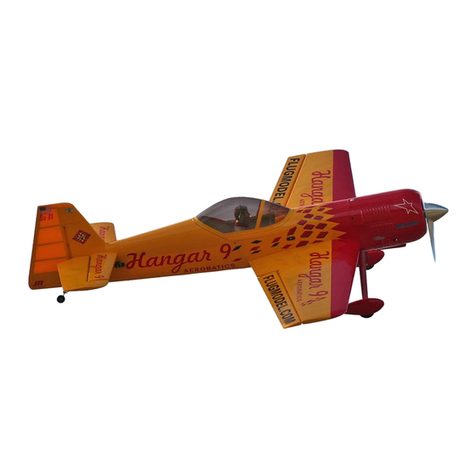
Hangar 9
Hangar 9 Sukhoi SU-31 User manual
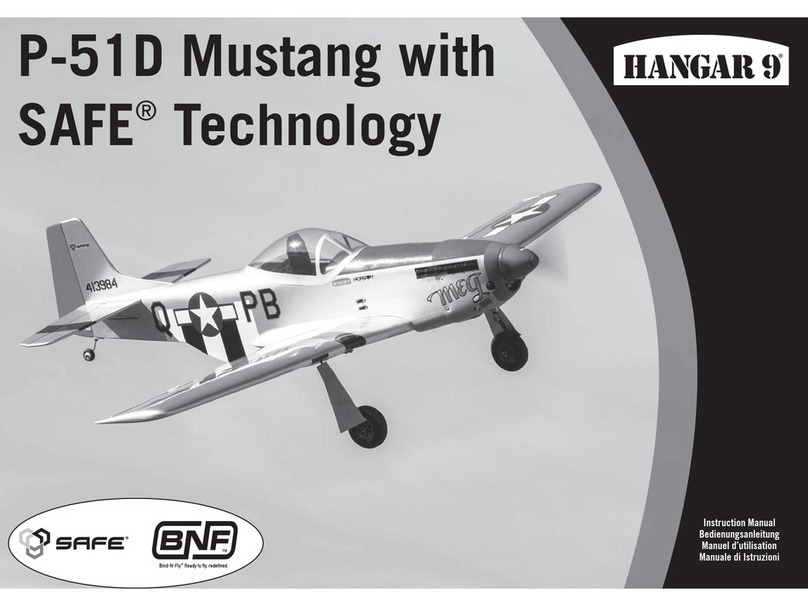
Hangar 9
Hangar 9 P-51D Mustang 40 ARF User manual
Popular Toy manuals by other brands

FUTABA
FUTABA GY470 instruction manual

LEGO
LEGO 41116 manual

Fisher-Price
Fisher-Price ColorMe Flowerz Bouquet Maker P9692 instruction sheet

Little Tikes
Little Tikes LITTLE HANDIWORKER 0920 Assembly instructions

Eduard
Eduard EF-2000 Two-seater exterior Assembly instructions

USA Trains
USA Trains EXTENDED VISION CABOOSE instructions

H-KING
H-KING Sopwith Camel British WW1 Fighter instruction manual

MODSTER
MODSTER Predator 4x4 Crawler user manual

DHK Hobby
DHK Hobby 8136 User instruction manual

THUNDER TIGER
THUNDER TIGER Raptor 50 V2 kit manual

Timberkits
Timberkits Skateboarder instructions

QModeling
QModeling XP Series instruction manual

